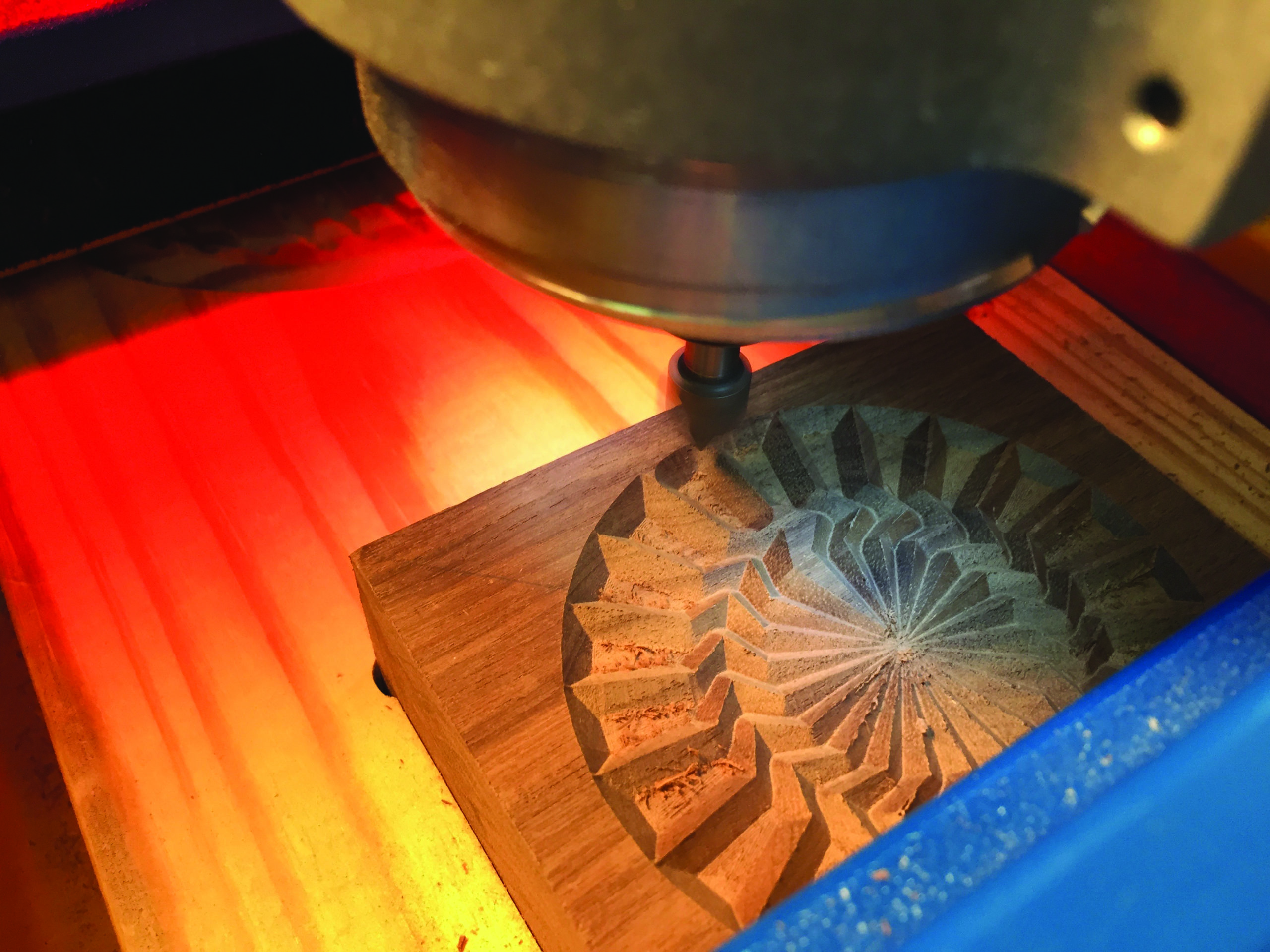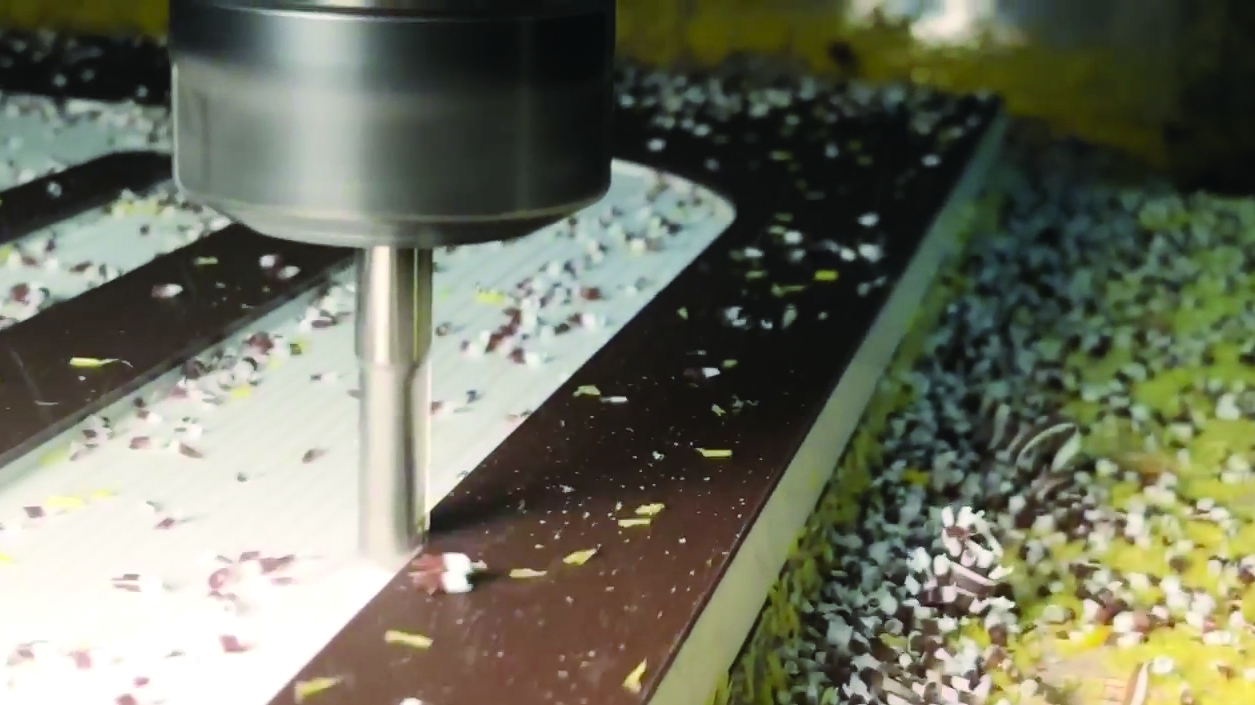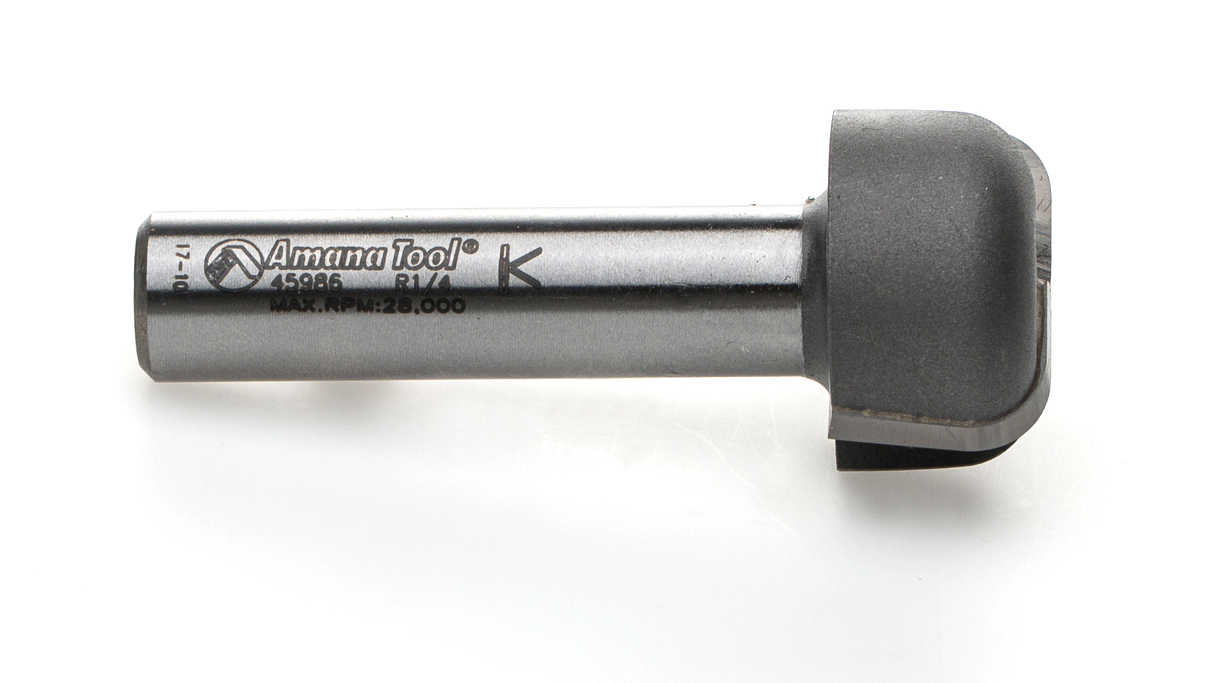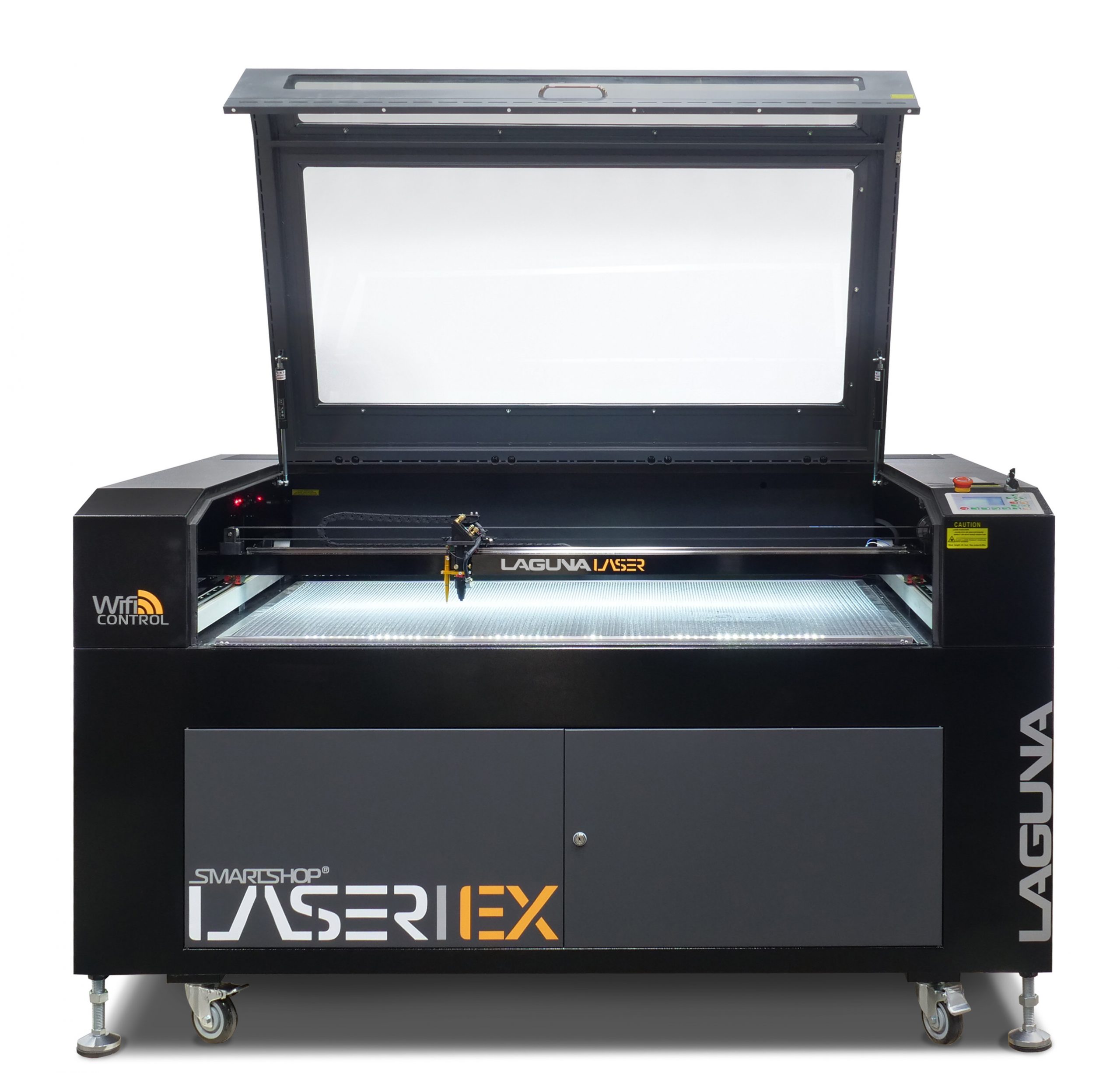Keeping Your CNC Router Running in Top Form
A happy CNC machine means a happy owner and happy customers
CNC routers are a staple in the sign industry. With the help of many different knives and bits that attach to the machine, sign shops can do everything from cut metal and vinyl to engrave wood or carve out high-density urethane.
To keep these tools in tip-top shape, it is important that users understand what types of materials they plan to cut with them and the melting point of those materials, says Chuck Donaldson, general manager of Antares Instruments Inc.
“The tool as it cuts will generate heat. In general, the softer the material and lower melting point, the more air required around the tool,” he says.
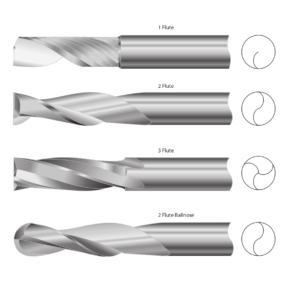
The bits used for plastics have one flute, or twist, in them. Instead of looking like a drill bit with two helixes, they only have one helix, which allows the chips to eject and is less likely to heat up the material. It gives the tool more air to keep the cut cooler and more area for chips to clear. It also is less likely to have pieces welding back onto the material, he adds.
The bits to cut softer metals look more like a double helix or two spirals, which increases the amount of strength for the cut but leaves air in the area for chips to be pulled out. Bits that cut harder metals need three flutes to combat the hardness of the material.
For the care and longevity of physical cutting tools, the biggest thing is to try and not overuse them, Donaldson says.
“Everyone in our industry wants to do things as fast as possible. Time is money, literally. The longer a machine is running, the longer it takes to pay back the machine. They will try to do the job as fast as possible; to go as fast as possible without degrading the cut,” he says.
If a shop sees chatter marks in the cuts or notices the tool vibrating, the machine needs to slow down. CNC operators can usually tell when a tool is cutting cleanly or when enough resistance is bogging down the machine by the pitch of the motor, he adds. “The whine it makes will change when there is extra load on it.”
He adds that, “If you are putting extra wear on the machine, the tool, you’re getting a reduction in the quality of the cut. Those are all things that are negatives.”
If a machine is producing a good cut and it sounds clean, the operator can step up the speed a bit to get a little more out of it.
But shops that push their machine to the point where it isn’t doing the best job will also lose time to spindle changes and having to redo jobs that were done too quickly.
Donaldson recommends that sign shops keep replacement tools on hand so that when one goes dull or breaks, there is always another on hand to replace it.
Paul Berekoff Jr., co-owner of Bits & Bits, says that once tools get dull or chip out, they won’t remove the material as well and will tend to burn and melt the material as they are cutting. With metals and wood, a damaged tool will burn or fray the edges of the cut.
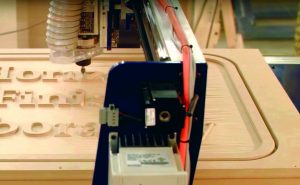
“Customers catch on quick when a tool is at its end, when it has got to its maximum life due to performance issues,” he says. “They can clearly see something is wrong.”
Many of the tools Bits & Bits sells have a high-performance coating that helps with heat issues and can double the life of the tool. The coatings help keep edges cleaner and sharper longer.
“Cutting fluid can make a massive difference in the quality of the cut and the longevity of the tool,” says Antares’ Donaldson. “It is reducing the amount of heat. The fluid dissipates the heat away from the tool and material.”
Buddy Warner, in sales at ShopBot Tools Inc., likes to spray his new bits with a product called Dry Coat, which is like a Teflon spray on the surface of the cutters to help cut back on friction and heat. The coating also helps keep the rosin from embedding itself into the carbide.
Compressed air on the back of the tool is also helpful because it blows chips away and helps reduce the temperature of the cut.
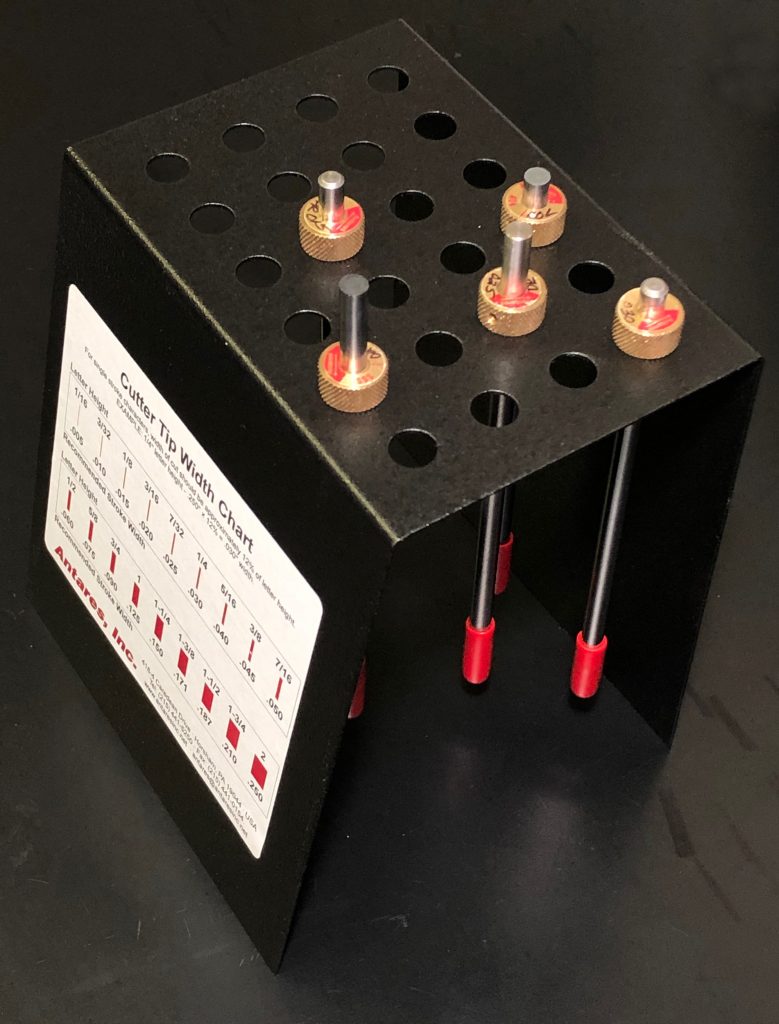
The best way to prolong the life of these tools is to put the protective cap back on them when the project is completed so that if they are rolling around in a drawer, they are not getting banged up, Donaldson adds. Many companies use cutter holders to protect the tips of their tools.
The most popular bit for the sign industry is an engraving cutter, a v-shaped tool that engraves letters and designs onto plastic. Engraving cutters or bevel cutters can be re-sharpened to extend their life, Berekoff says, but very few people are capable of re-sharpening a fluted or spiraled bit.
“The main problem most people have is keeping the surface clean when drilling, engraving or plotting it,” he says. “Not everybody has a vacuum system or a system to remove material as you are milling. That tends to be the biggest problem by far.”
It becomes a real problem with plastics and acrylics because the little pieces of plastic will clog up the lines, get hot and create friction as the tool is cutting. That can snap the tool after a while.
Berekoff recommends keeping tools clean and sharp while Warner says that it is important for shops to invest in high-quality carbide bits.
“I personally have used bits for exorbitantly long periods of time for two reasons: 1. I’m cheap and, 2. a really good carbide bit will last a very long time,” he says.
He adds that shops should examine their cutting tools periodically to make sure the tips are not worn away. Nicks or blemishes in the tool can also cause the tool to malfunction.
ShopBot sells bits that are either carbide-tipped or solid carbide and once the bit is worn out, it gets thrown away. Shops can also get bits that are used in insert tooling.
“You never have to throw the bit away, just replace the strip of carbine on it. It attaches to the bit with a set screw,” Warner says. “I’m a big fan of those. They cost more upfront but the advantage is when a piece of carbide wears out, you take it out and put a new piece on. You don’t have to replace the entire bit.”
Jason Friesen, CNC sales manager at Laguna Tools, says that just basic cleaning can keep bits in tip-top shape.
“If you are noticing the tooling is dirty, you want to make sure you blow it off with compressed air or wipe it down. There is no special formula for doing that. If it is dirty, clean it off,” he says.
When knife systems start to go bad, it is very noticeable, he says. “You will start seeing the edge quality going away. That is the best indicator about when tooling needs to be sharpened or replaced.”
“Each tool you receive should come with a feed rate and spindle speed or what RPMs the tool should run at,” Friesen says. “Staying at those parameters is the biggest key to extending tool life. As soon as you go outside, it will impact how well it cuts and stays sharp.”

